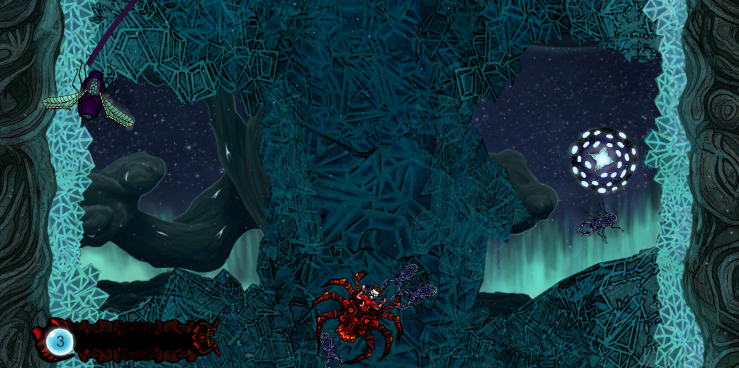“Chill Week”
Since the beta presentation, I have felt a huge relief both for the better and the worse. The current version of the project is on my laptop which I sadly don’t have in reach right now so there will be no pictures in this one, but will edit the post once I get the chance and add one.
I feel like the game is almost done, all that is left is some minor bug fixes, animations and a complete pause menu and therefore I have taken this week just to relax and do things in my own stress-free pase. I feel like this was a good decision so I have now gathered all my powers needed to finish the game over the weekend and next week before the official presentation.
Things I’ve done:
- Implementing all animations
- Bug fixes (Including re-scripting unwanted NPC behavior)
Animations
The animations that were left to implemented were: Player shooting animation, player walking animation and boss animations.
I added Boolean conditions in the animator attached to the game object that should animate, and depending on what key is pressed – the Boolean for the wanted animation is set to true or false.
Implementing the animations for the player was very easy. Depending on what key is pressed, the player sprite will animate fittingly. In this case – WASD will trigger a walking animation while any of these keys are held down, and the left mouse button will trigger a shooting animation.
The boss was more of a challenge. It needed to have an indicator that its about to charge followed by a charging animation followed by a still sprite when it’s rushing towards the player. This required three different animations that are perfectly timed in order for the sequence to be executed in a fair and good looking way. So basically a lot of enumerators and Booleans were used to achieve this. I believe there are better ways to do it but whatever that technique is that is something I have yet to learn.
Charging indicator -> Casting charge attack -> Charging
Bug fixes
I fixed a bug where the player object slowly floats around when no keys are held down. What I did was to add a higher mass to the player objects rigidbody, making it heavier.
I fixed the fly enemy. It was a total disaster during the beta presentation and that is something I was truly ashamed of. It’s activation trigger was unstable, only making the flies sprite visible sometimes. This was fixed by activating/disabling the game object instead. I have no clue why I didn’t do that from the start since that’s what I did to many other objects in the game. Then it flied uncontrollably sometimes, making it completely impossible to kill. That was fixed by lowering the range of the fly, always keeping it closer the player and also adding colliders on the sides of the level which prevents it from exiting the screen and the players range.
I will give it all from now on until Thursday. I feel like we are in a really good position right now and I believe our finished game is going to be super awesome-amazing. xoxo ❤





